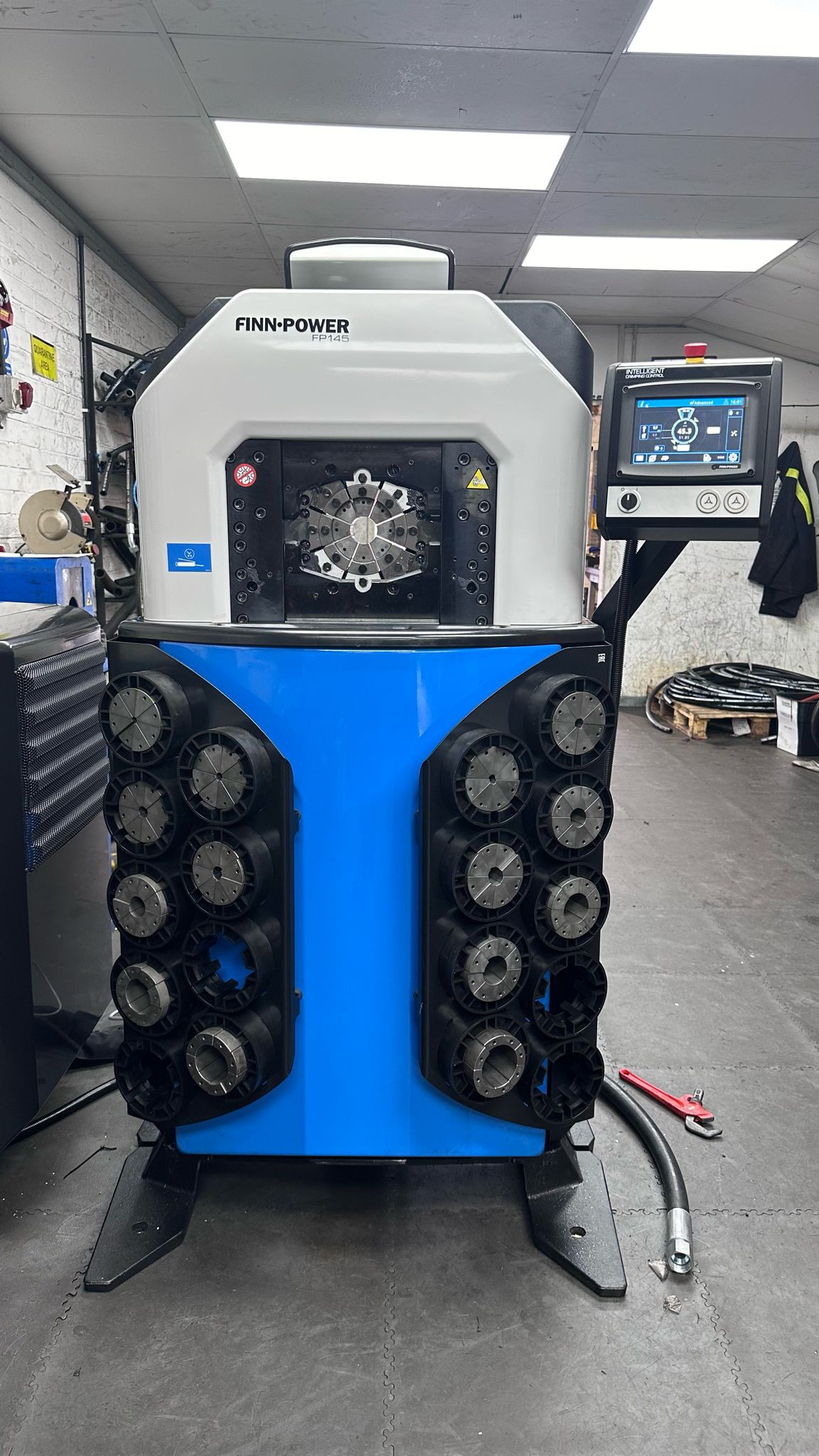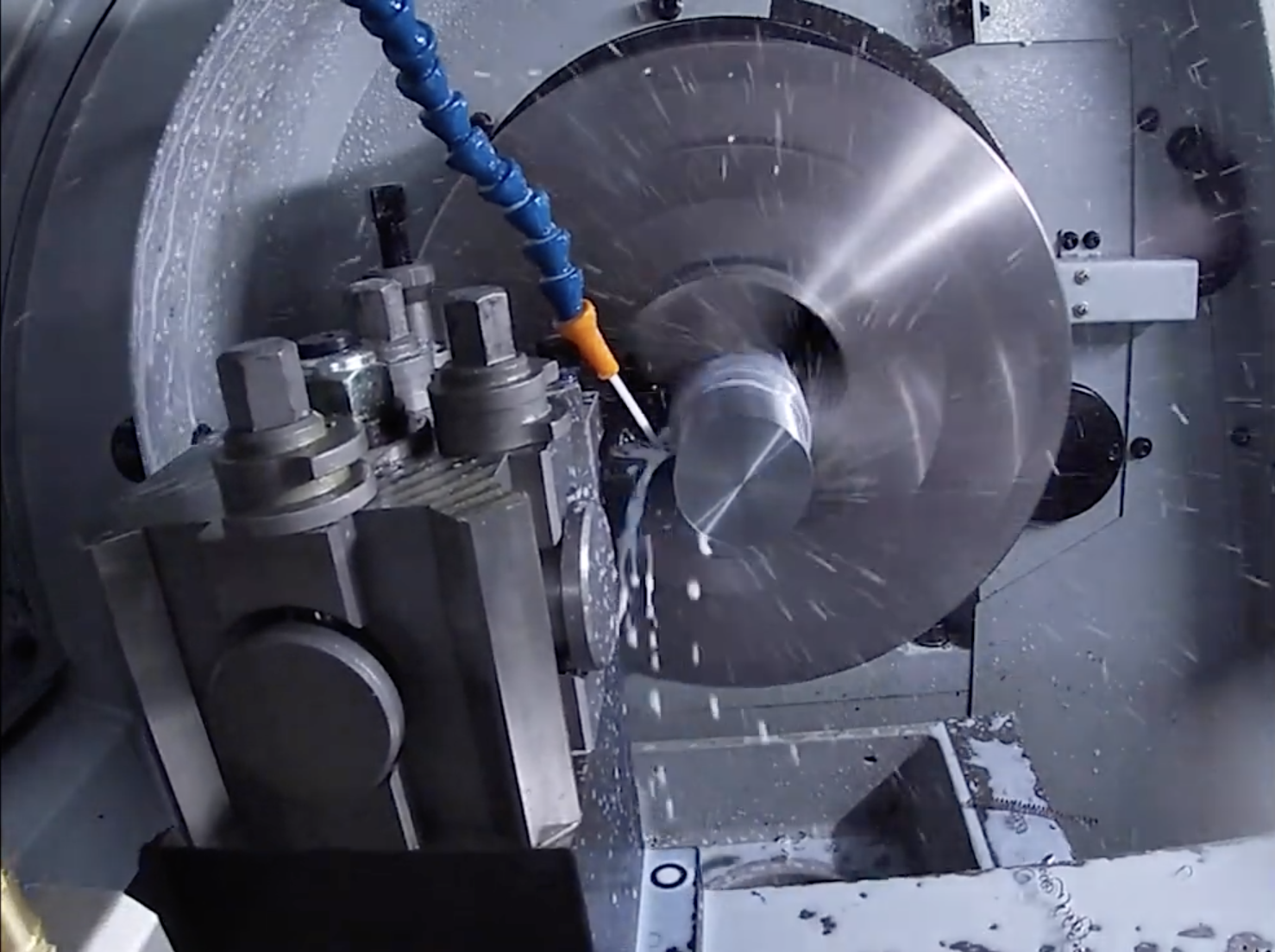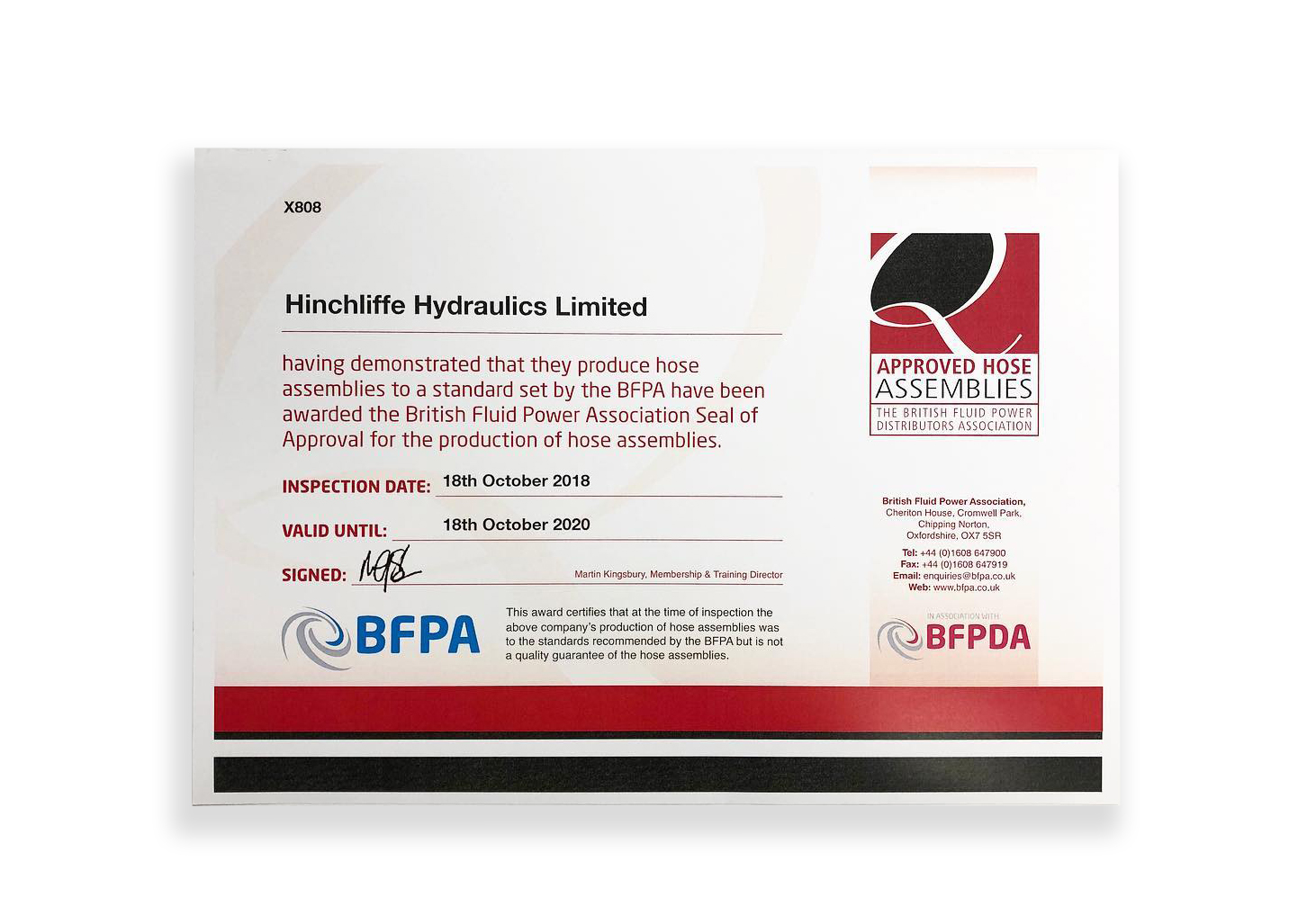
A Practical Guide to Measuring Hydraulic Hoses and Fittings
When it comes to maintaining or assembling hydraulic systems, selecting the right hoses and fittings is crucial. Here’s a simple guide to help you measure and choose the correct hydraulic hoses and fittings for your system.
Measuring Hydraulic Hoses
1. Hose Length: Measure the hose length from end to end, including the fittings. If replacing an existing hose, ensure it is fully extended to get an accurate measurement.
2. Inside Diameter (ID): This is crucial for maintaining proper flow. The ID of your hose affects the hydraulic system's operating pressure and efficiency. Common ID sizes are ¼ inch, ½ inch, and 3/4 inch.
3. Outside Diameter (OD): Important for fitting the hose through tight spaces, the OD helps you verify that the hose meets system specifications.
Identifying Fittings
1. Fitting Type: Hydraulic fittings can be permanent (crimped) or reusable (field attachable). Identify which type you need based on the application and pressure requirements.
2. Connection Type and Size: Determine the style of the fitting (e.g., JIC, NPT, O-ring Face Seal). Next, measure the thread size using a caliper for precision. You can also reference fitting charts to ensure compatibility.
3. Seat Angle: Some fittings require a specific seat angle (like 45°) for a leak-free seal. Use a seat angle gauge to determine this measurement.
Key Considerations
Application: Consider the hydraulic fluid used, environmental factors like temperature and abrasiveness, and the mechanical loads on the hose.
Pressure Ratings: Ensure the hose and fittings can withstand the system’s maximum operating pressure.
Compatibility: Make sure the materials of the hose and fittings are compatible with the hydraulic fluid and environmental conditions.
Measuring hoses and fittings correctly is essential for maintaining the efficiency and safety of hydraulic systems. Always follow manufacturer guidelines and industry standards when selecting hoses and fittings to ensure optimal performance and reliability.
For more information, get in touch with our technical team, we’re here to help.









